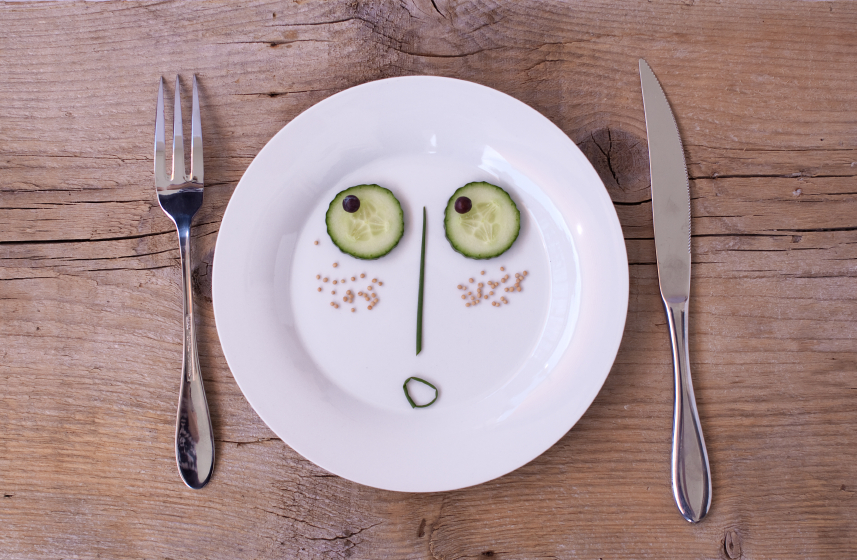
December 1st was Rosa Parks Day. What Ms. Parks did by refusing to give up her seat on that infamous bus was a brave and self-affirming act. She said, “NO” and change was ignited.
There are many reasons for saying,”no” and while not all of them are as momentous as what Rosa Parks did, I believe that practicing difficult, important and sometimes defiant new behaviors in small ways helps us to eventually “show up” in the larger ways. So let’s take a relatively small but relate-able situation where saying, “no” may be something that helps our well-being and improves our self-esteem.
As we head into the holidays many of us, to some extent, will feel the pressure of demands on our time and financial resources. It is vital to remember that if we don’t take care of ourselves first, we can’t be there for our family, patients, loved ones, or clients. Without falling into the trap of setting New Year’s Resolutions (something I’ve written about extensively) this is a good time to take inventory of what you need and what are your priorities. Are you equating pleasing others with unrealistic standards for being perfect? How much pressure is intrinsically generated but misconstrued as external demands from others?
There are many metaphors we can use to describe this: spinning plates (a reference to the old Ed Sullivan Show performer) juggling balls, not enough hands on deck. No matter which image you choose it may be that some of those responsibilities (balls you are juggling) may be obsolete, have outlived their importance, and/or may have become habitual behaviors. Other commitments that you have always believed were essential may need less attention now than they used to. Try to use this time to see what you can let go of and claim some time for self-care. And another radical concept…it is okay to ask for help! 🙂 This isn’t selfish, this is love.
Title: What’s on your plate?
Objective: To assess and prioritize obligations and make room for self-care opportunities.
Materials: Paper plates, quick drying clay or play-doh, pencil or pointed stick, paper.
How to:
- Take pieces of clay and flatten them out in small ovals, about the size and shape of mini pancakes.
- Using the pencil or pointed stick,write into the clay one thing you feel you must do e.g. one of the balls in your life that you are juggling. Be specific, instead of just having a representation for kids have one for little league, hockey, carpool, etc.
- Put each completed piece on the paper plate and then pick up the plate.
- Try to walk with the plate without letting any of the clay pieces fall off. Note how heavy the plate is. Are there any clay pieces on the plate that have anything to do with taking care of yourself?
- Try holding your plate in one hand and brushing your hair or making a phone call. Is this difficult to do?
- Now take a look at the clay pieces and see which ones you can either put on another plate because they aren’t urgent and others on another plate if you think you can ask someone else to help you.
- See if you can identify any items that you can put back into the clay bin completely because they are really dispensable now.
- Now take a minute holding the less cluttered plate and see how it feels to have made some space for you. You may experience a wide range of emotions from guilt, to relief, to fear, joy, anxiety. All of that is perfectly normal, your plate has been full for a long time and it will take some time getting used to the changes.
- Using the paper and pencil do a quick free write about the feelings you are having about clearing your plate and write down some things you can do for your own self care. Sometimes the best thing you can do is leave the space open and not fill it in immediately. Just see what it is like to have the opening.
Special Notes: One variation is to make some of the clay pieces bigger to represent the weight or space you feel it takes up in your life.
If you choose to use fashion magazines for collages be sure to address the triggering qualities of the graphic images and be sure to intentionally process what arises.
This expressive arts directive is from contributing author Dr. Deah Schwartz. Once a month, Dr. Schwartz shares a therapeutic expressive arts therapy activity or idea to facilitate exploration, increased awareness and healing in the areas of body dissatisfaction and eating disorders. Some of these activities may need to be facilitated over more than one session, or modified for different ability levels, size of group, budget and size of work space. These directives may be used in individual or group therapy sessions or as self-help activities. Sometimes the activity itself is nothing new or brilliant but the OBJECTIVE of the directive is unique and specifically tailored to exploring issues related to body image and disordered eating. ENJOY! Fun is the main ingredient! You can learn more about eating disorder therapy here.
Leave a reply